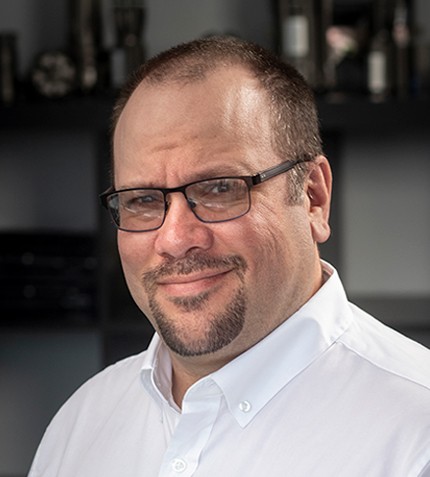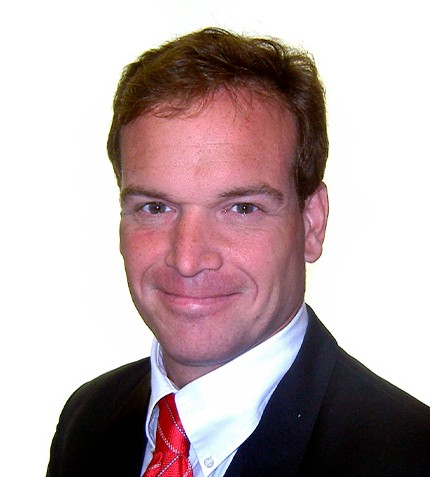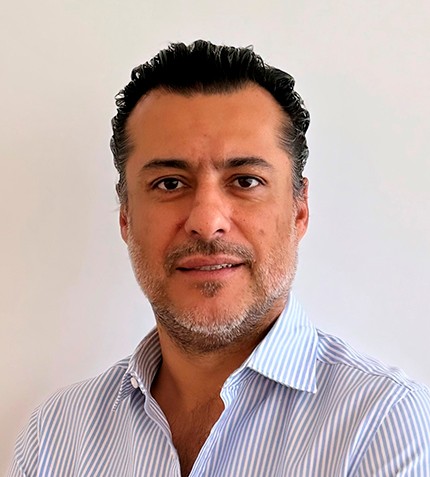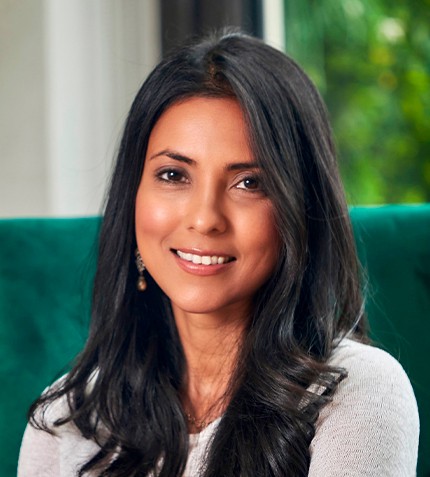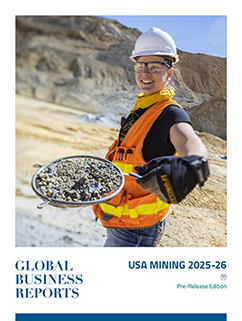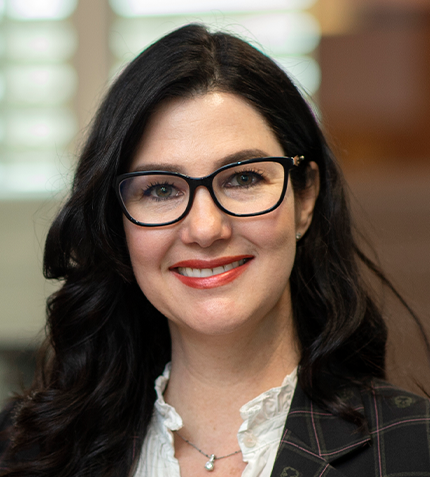
"As we ramp up the underground, Oyu Tolgoi will become an incredibly efficient operation, moving into the C1 cost curve in the next five to 10 years."
Deirdrė Lingenfelder
CEO, OYU TOLGOI (OT)
Oyu Tolgoi has been present in Mongolia for over two decades. Could you elaborate on the company’s journey?
Oyu Tolgoi is a young company with a long future ahead. With the focus on the underground mega-project, it is easy to forget that Oyu Tolgoi has been mining on surface and delivering concentrate for 11 years. In March this year, we officially started the underground operation, which will eventually make Oyu Tolgoi one of the largest copper businesses globally. With turning the corner from an open pit and underground project to an integrated copper business, it became timely to refresh our strategy with the overarching purpose of creating prosperity for the nation. In the new strategy, we look at four priority areas: people, partnerships, planet, and profit.
Production is set to triple. Can you walk us through it?
We have been producing around 170,000 t/y of concentrate at a copper ore grade of 0.4%. As we move and ramp-up underground, the grade increases to 1.24%. Between 2028 and 2036, we are looking to triple production to an average of 500,000 t/y of copper. Right now, about 10% of our concentrator feed comes from the underground, and this will steadily increase. By 2025, we should be able to become cashflow positive.
Moving beyond Phase 1 (open pit) and Phase 2 (underground), we are looking at various growth options, such as the potential of a heap leaching operation to produce cathode. With copper demand poised to increase to 50 million t/y in the next decade, we want to make sure we are well-positioned to feed into this gap and take advantage of our privileged geographical position as we sit next door to the largest copper user, China.
Could you provide details on the financing for the project scale-up?
To get a business of the scale of Oyu Tolgoi up and running took about US$15 billion in investment from Rio Tinto. We have been partly paying back lenders by generating cashflow from the surface operation, but the reality is that paying the various lenders that are part of the loan agreement will take us into the 2030s. Once the debt is settled, we are committed to paying dividends to our two shareholders – Rio Tinto (66%) and the Government of Mongolia (34%). As we ramp up the underground, Oyu Tolgoi will become an incredibly efficient operation, moving into the C1 cost curve in the next 5-10 years.
Community relations have not always been easy in the country. How do you navigate this?
One of the closest communities, and about 45 km from Oyu Tolgoi, is Khanbogd. Engagement is essential. Oyu Tolgoi set up a tripartite council where local government representatives together with community and Oyu Tolgoi representatives meet regularly and have frank conversations on topics that matter to the community. Sometimes these discussions are difficult, but we believe that open and transparent dialogue is key to reaching alignment. It takes time to build trust, yet it is very easy to lose it, so we make sure to proactively engage with the community on what is going well, and on what is not going well and needs improvement.
We have over 400 social investment projects, spanning from education, healthcare, infrastructure to various other initiatives. We know that the expectations are high and will continuously increase, which is not unique to Mongolia.
What do you think of Mongolia as an operational base for mining?
I have worked across 20 countries during my career. What surprised me the most about Mongolians’ was the extraordinary resilience, talent, and hunger for self-development at a level I had not seen before. I want to reiterate that people are one of the main competitive advantages we have and will be a key success factor for Oyu Tolgoi.
From a democratic and diplomatic perspective, Mongolia has always maintained strong relationships and has a highly functioning democracy. Mongolia has developed a third-neighbour policy, seeking to build strong ties beyond neighbouring countries, including Asia, Europe, Australia, the US and the UK.
Taking everything into account, it is possible to run a joint-venture business the size of Oyu Tolgoi in Mongolia. Is it a walk in the park? Definitely not. But I don’t think any business of this scale is ever that.




